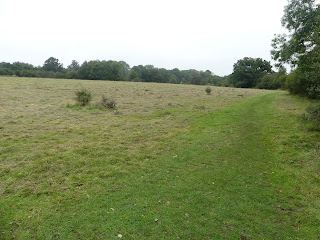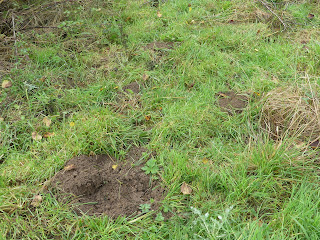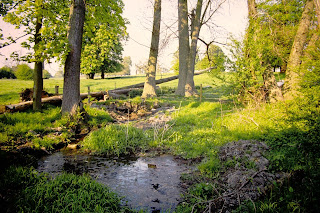Autumn is steadily progressing and the leaves are starting to come off the trees. It will be interesting to see what happens to these leaves in the coming weeks as the earthworms start to get busy and drag them down into their tunnels. This is all part of the food chain and food web on the Park.
Ornamental Plum.
.The cattle are supposed to be going off the Park in the next few days and they are making the most of clearing up the last of the conkers.
The grass has been mown because the cattle were not keeping pace with it and one of the terms of the Higher Level Stewardship is that the grass be reduced to a height of about 10 cm by the end of the grazing season.
The first of the fungi are starting to appear. I am not going to try and name many of these because identification is difficult. The role of fungi is that they break down organic matter either in the soil or in dead tree trunks. The nutrients are then returned to the soil as part of the food chain.
Moles are starting to get busy and it is interesting that there are not as many on the Park as you would expect. I think this is largely because most of the soils on the Park are very difficult to dig in which is why Moles are found in the north-west corner, by the Spring and all the way along the bottom of the sledging slope adjacent to the Osier Bed.
The Friends are currently planning a Bat Roost Box Project and here are five photographs of lightweight concrete boxes which are already on trees in the Park. We are hoping to be able to add some more ones in the not too distant future.















































